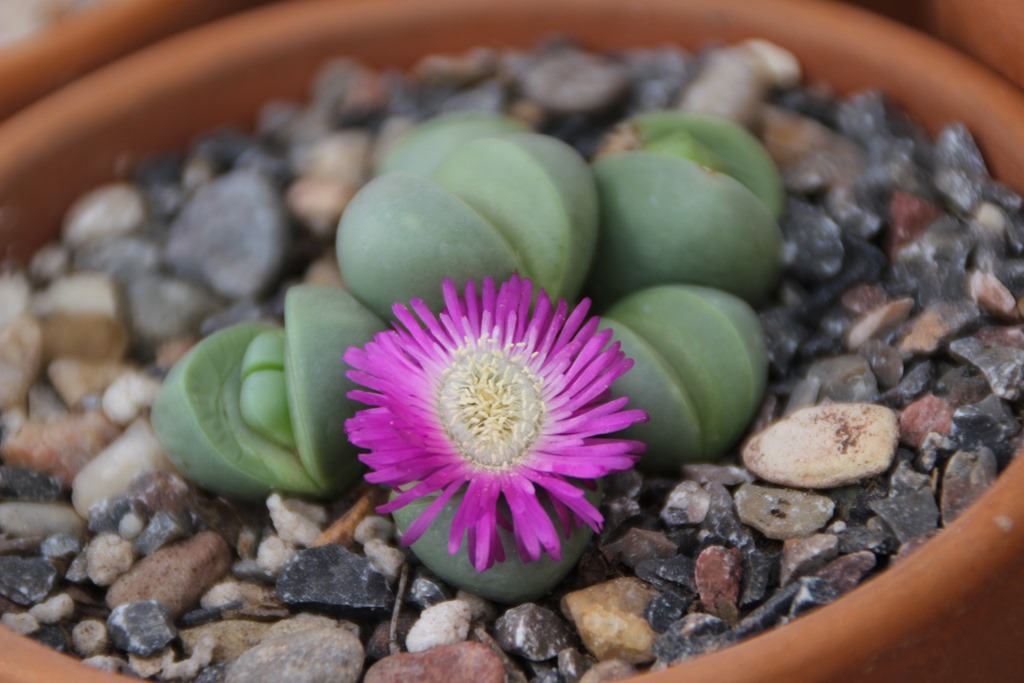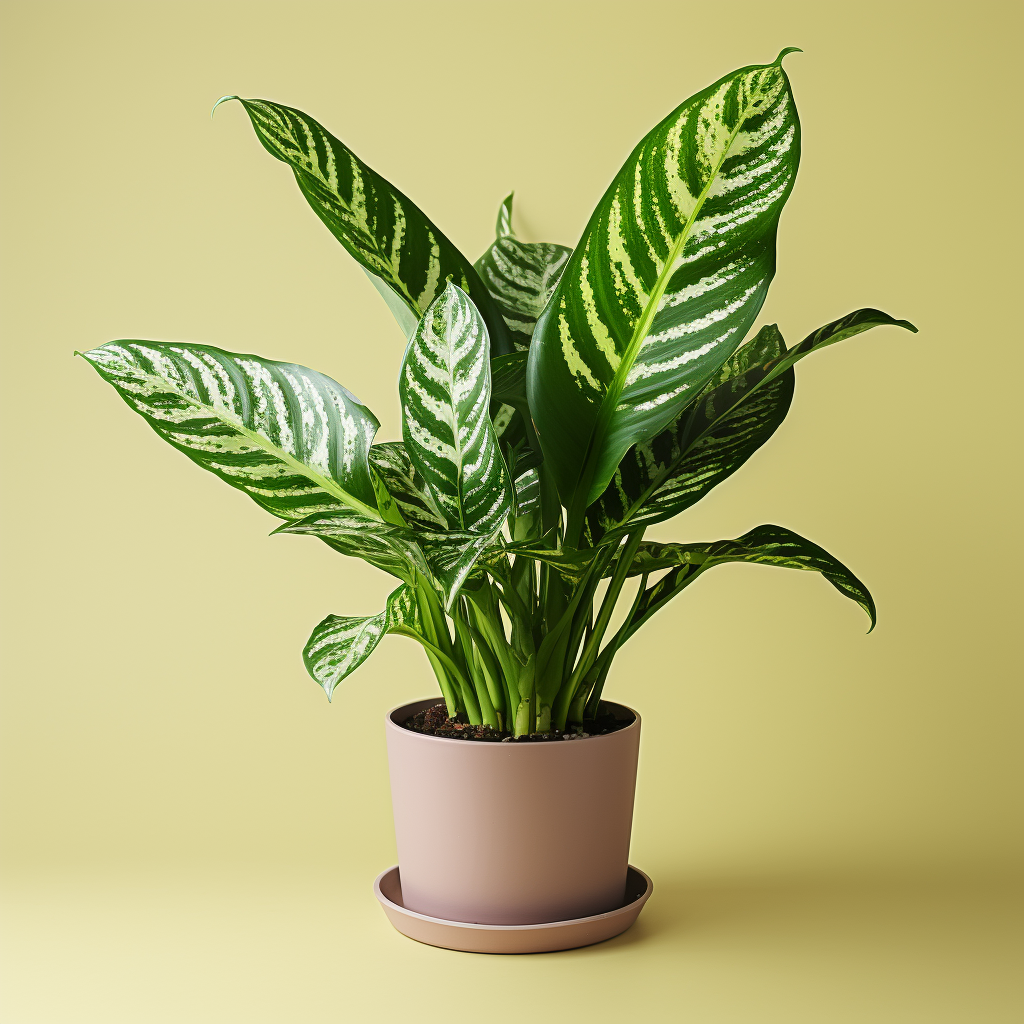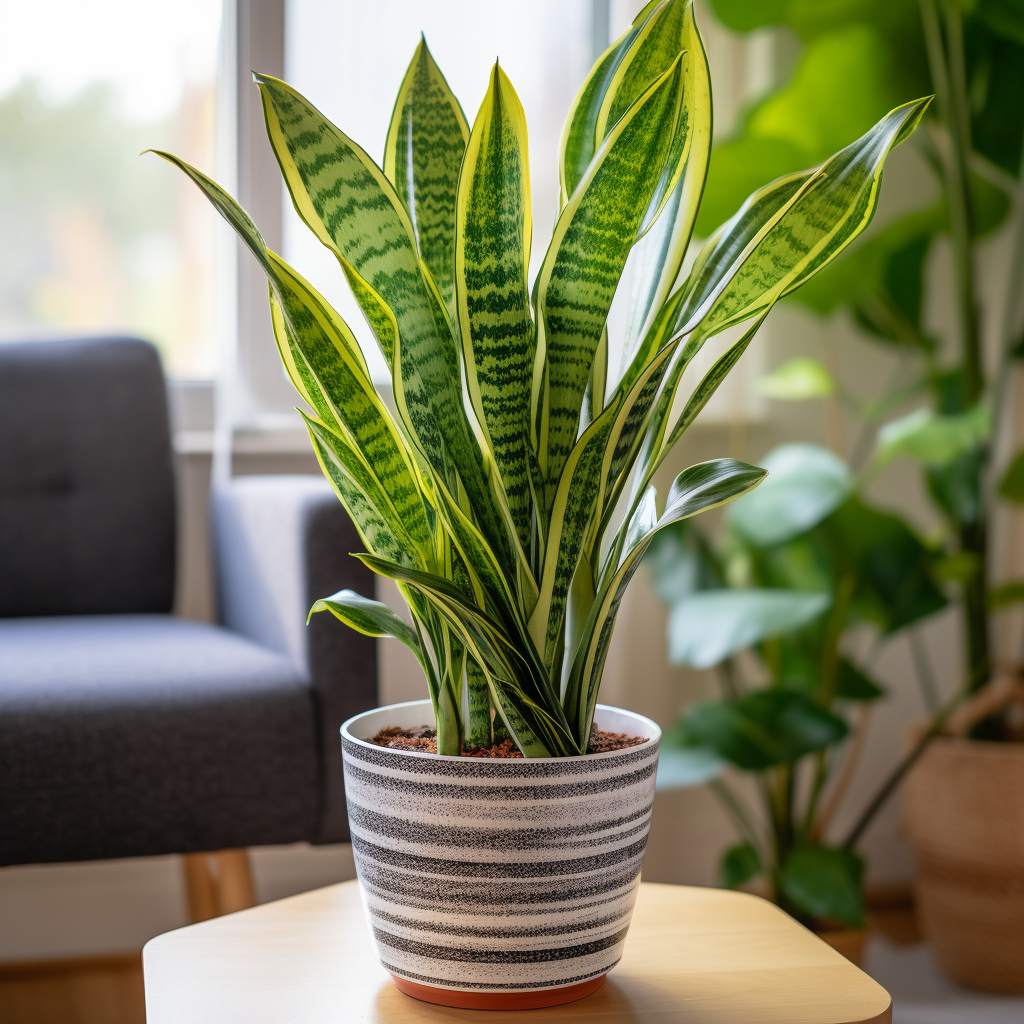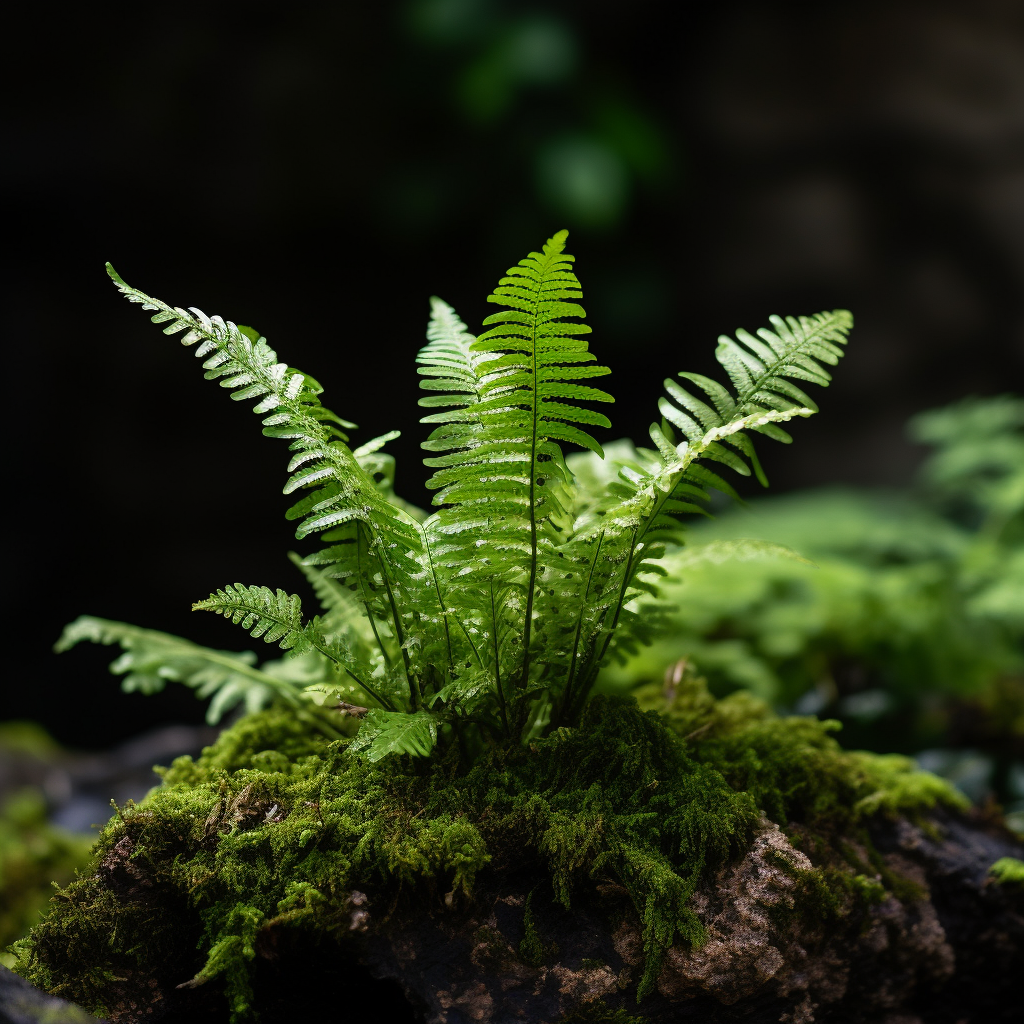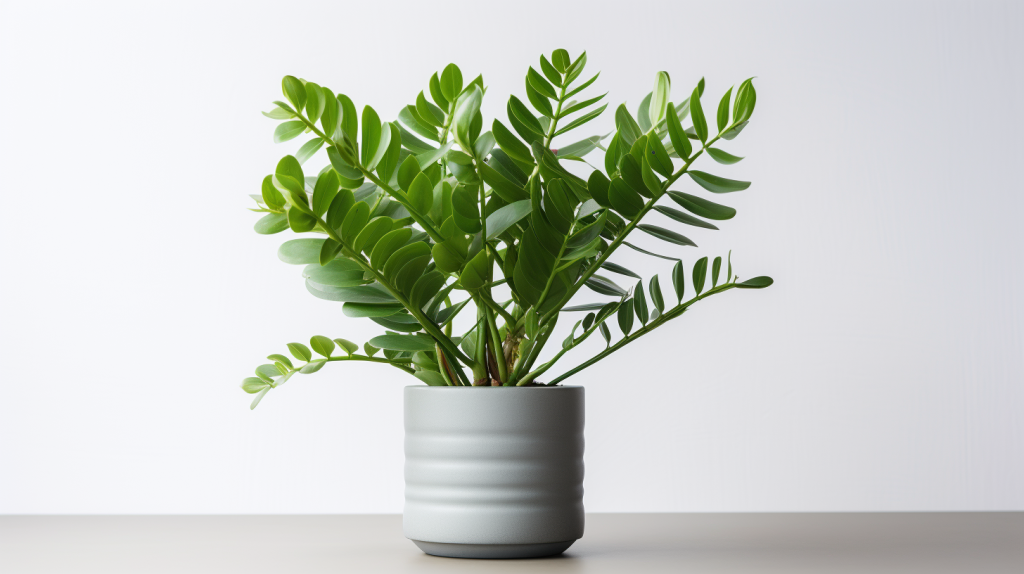The world of succulents is as vast as it is captivating, and at the heart of this enchanting ecosystem lies the unique species of Argyroderma Testiculare. They thrive in the harshest of conditions, and their distinctive shapes, sizes, and colors add beauty to the most barren landscapes.
Description of Argyroderma Testiculare
Argyroderma Testiculare, also known as the ‘Living Stone‘, is a species of succulent plant native to the arid Knersvlakte region of South Africa. This fascinating plant resembles a pair of split stones or pebbles, with a fissure in the middle from where beautiful daisy-like flowers bloom.
The charm of Argyroderma Testiculare lies in its sheer simplicity. The plant’s body is a pair of globular, greyish-green leaves, densely packed together. When it blooms, it presents the onlooker with a delicate pink or violet flower, which stands in stark contrast to the plant’s otherwise earthy appearance.
Facts About Argyroderma Testiculare
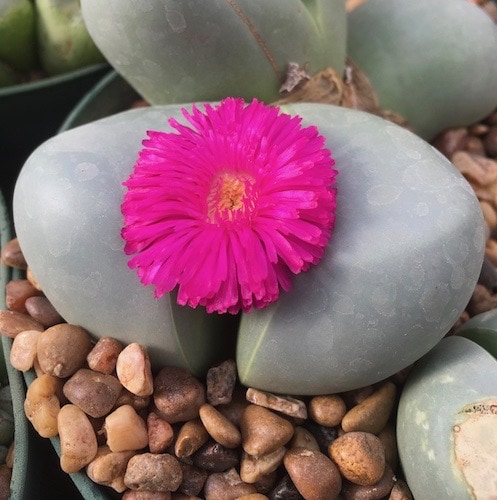
Argyroderma Testiculare, a part of the Aizoaceae family, is a dwarf succulent species. It’s a winter grower, with its blooming season typically occurring from late winter to early spring. The plant’s stone-like appearance is a survival strategy, aiding it in camouflaging with the rocky terrain of its native habitat to escape the notice of foraging animals.
Argyroderma Testiculare is an example of biomimicry in nature, and its adaptation to its challenging natural environment is nothing short of awe-inspiring. From water conservation to heat resistance, the features of Argyroderma Testiculare encapsulate the essence of the resilient desert spirit.
Argyroderma Testiculare Care
Argyroderma Testiculare requires very minimal care and can thrive in a variety of conditions, making it a great choice for both amateur and experienced gardeners. The most critical aspect of its care is the watering schedule – these plants are extremely drought-tolerant but vulnerable to over-watering.
As a desert plant, it enjoys plenty of light and warmth, so place it in a spot where it receives adequate sunlight. Use well-draining soil to prevent water stagnation, and avoid watering the plant until the soil has completely dried from the previous watering.
Problems that May Occur with Argyroderma Testiculare
Like other succulents, Argyroderma Testiculare is prone to root rot if it stays in wet conditions for too long. Another common issue is etiolation, where the plant stretches out due to insufficient light.
A good practice is to keep a watchful eye on the leaves. If they begin to shrivel or turn yellow, it’s a signal that the plant needs more water. Conversely, if the leaves turn translucent or mushy, it’s likely due to over-watering.
Is Argyroderma Testiculare Endangered?
Fortunately, Argyroderma Testiculare is not currently classified as an endangered species. However, its survival in the wild is directly tied to the health and preservation of its native habitats. Sustainable and respectful gardening practices play a key role in protecting these unique plants for future generations to enjoy.
What Is The Use Of Argyroderma Testiculare?
Argyroderma Testiculare primarily serves an ornamental purpose in home gardens, rock gardens, and terrariums due to its unique shape and beautiful bloom. Additionally, it acts as a conversation starter, given its fascinating adaptation and survival techniques.
Is Argyroderma Testiculare An Indoor Plant?
Yes, Argyroderma Testiculare can be grown indoors, provided it receives ample sunlight. It can be grown in pots and makes for a distinctive and charming addition to any indoor space, bringing a touch of the arid desert into the home.
Conclusion
Argyroderma Testiculare truly is a jewel of the desert. Its stone-like appearance, mesmerizing flowers, and incredible resilience make it a fascinating addition to any garden. It serves as a daily reminder of nature’s remarkable capacity for adaptation and survival.
FAQs
Q1: Can Argyroderma Testiculare survive in cold climates?
Yes, but with extra care. These plants are frost-tolerant to a certain extent but should ideally be brought indoors during severe winters.
Q2: How often does Argyroderma Testiculare bloom?
Argyroderma Testiculare typically blooms once a year, from late winter to early spring.
Q3: Is Argyroderma Testiculare toxic to pets?
There’s no evidence to suggest that Argyroderma Testiculare is toxic to pets. However, it’s always best to consult with a vet if your pet ingests any plant material.
Q4: What type of soil is best for Argyroderma Testiculare?
Argyroderma Testiculare prefers well-draining soil. A mix of standard potting soil with coarse sand or perlite works well.
Q5: Can Argyroderma Testiculare be propagated?
Yes, it can be propagated by seed or by leaf cuttings. However, propagation from seed is considered more successful.
References
- The Plant List: Argyroderma testiculare
- World of Succulents: Argyroderma testiculare
- International Plant Names Index: Argyroderma testiculare
- IUCN Red List of Threatened Species: Argyroderma testiculare

